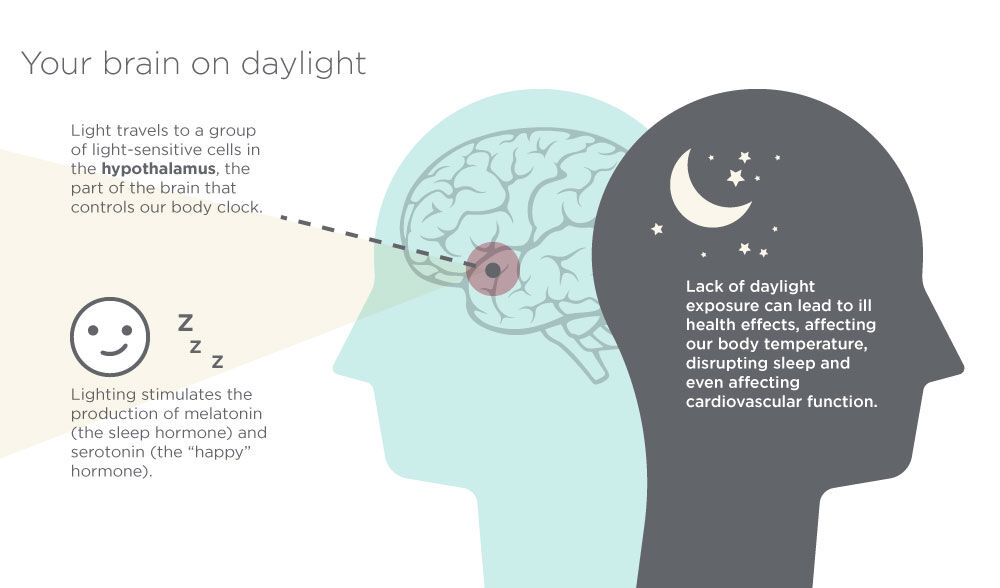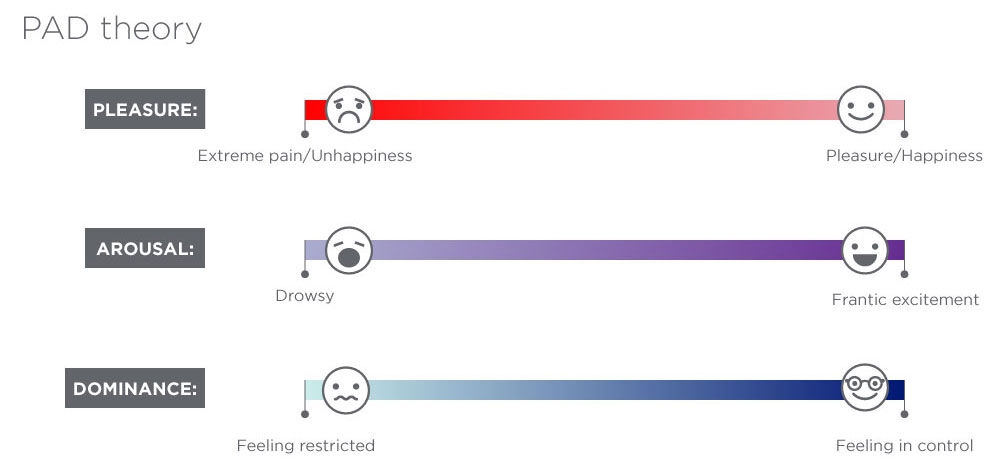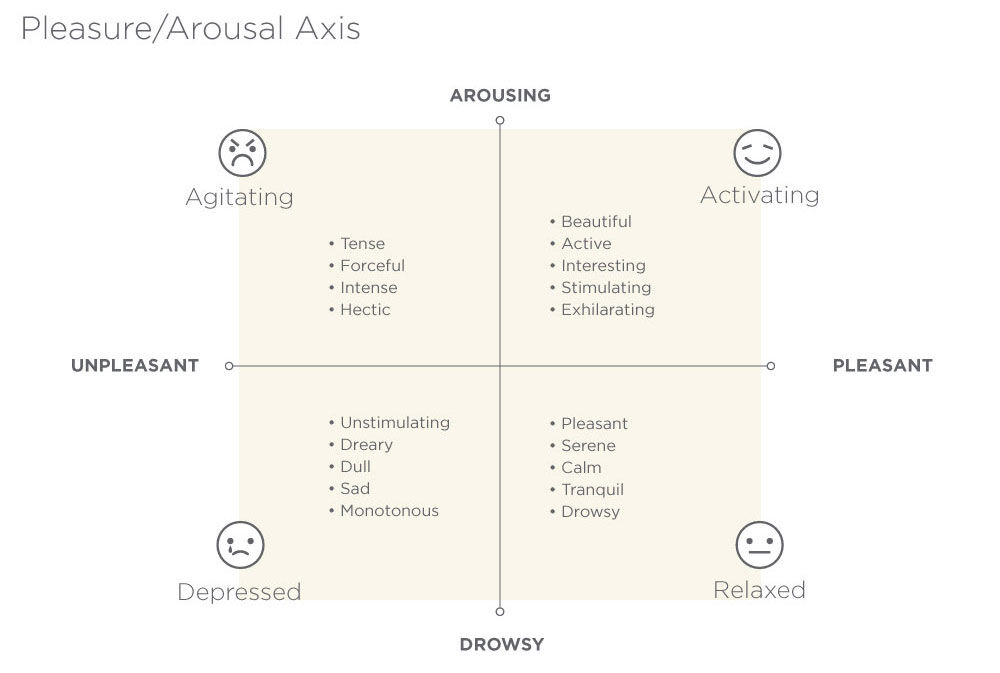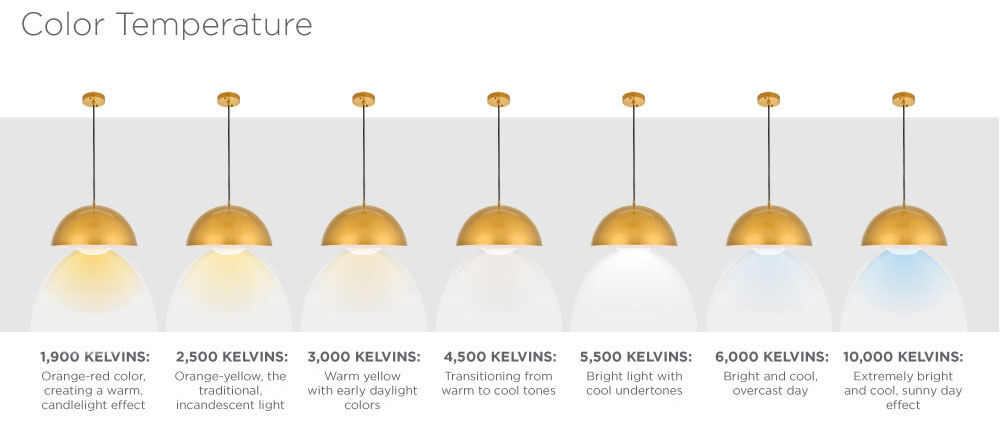How Light Quietly Influences Energy And Mood
-
Lighting is a powerful design tool in the home. Yet, when it comes to interiors, it’s an often underappreciated and underestimated design tool. Think beyond the stylish fixtures. Being intentional about the direction, color, temperature and intensity of the lighting can have just as much impact — maybe more — as paint color and furnishings.
In less than a second, light can take a room from gloomy shadow to sparkling daylight. Adjust for candlelight effects, and now the room glows with cozy vibes.
Lighting is magical. To maximize the mood and emotional effects of any space, a partnership with a professional lighting designer is a must-have for your project. And the following will show you just how you can get more from designed spaces with great lighting.
For decades, environmental psychologists have studied how lighting influences human behavior. In the following, we’ll unpack some of the things this research has revealed about lighting. We’ll also show you how to adapt tools researchers use to evaluate the psychological effects of lighting, so clients can better understand how they want to feel in their living spaces. Finally, we’ll showcase some of the ways lighting can be used to create different effects in the home.
How lighting impacts the brain
We all have an innate knowledge of how the human mind is tuned in to the daytime-nighttime dynamic. When the sun rises, the mind just wants to be awake, even after you’ve pulled an all-nighter. In the autumn, when dark arrives before dinner, nothing sounds more appealing than a low-key evening and early bedtime.
(Source: Research cited in: The Hidden Benefits of Daylighting)
Here’s a look at some of the incredible ways light and darkness affect our energy levels, our mood, our behaviors, even our perceptions. It all underscores why no one can afford to neglect thoughtful lighting design in their home.
-

-
Human brains crave natural lighting
In spaces where people want to be productive, daylighting is the gold standard. Here are some of the ways daylight makes us come alive. In many ways, light is conducive to helping humans thrive and it raises their quality of life.
- In the workplace, daylight leads to higher job satisfaction, better sleep quality, and higher productivity.
- In hospitals, patients exposed to more daylight need fewer pain medications and recover more quickly from surgery.
- In schools, daylight exposure makes students more alert and increases their ability to concentrate and learn. They also get higher test scores.
- In retail, daylight exposure makes shoppers stay longer and purchase more. They’re also more willing to pay a higher price for the same product.
It's not always possible to access natural lighting. But designing the right lighting system can recreate the same effects.
Lighting colors our emotions and perceptions
A study published in 2014 in the Journal of Consumer Psychology shows how bright lighting quietly shapes how we respond to our world. Test subjects were placed in one of two rooms, one with bright ambient lighting, the other lit only with the soft glow of computer screens. Some interesting differences emerged between the two groups of test subjects. Here’s how the brightly lit group compared to the dim lighting group.
- A fictional character’s actions were rated as more aggressive
- A woman was rated as more attractive
- Buffalo wing sauces were rated as spicier
- Their responses to positive words and negative words were stronger
- Even the room temperature was perceived as warmer
Other studies show how lighting affects the appetite. When we dim the lights for a fine dining ambiance, we eat more slowly and savor the flavors. But we’re more likely to eat more and choose unhealthy foods. Under brighter lights, people eat more quickly but they’re also more likely to select healthier foods.
When lights can make us stressed
In a workplace environment, harsh lighting interferes with vision and causes discomfort, annoyance, irritability, and distraction. In less expensive fluorescent lighting systems, the low-frequency modulation causes eyestrain and visual fatigue. Switching to high-frequency ballasts can reduce brain stress and improve productivity.(Source: Research cited in the Journal of Environmental and Public Health, “Effects of lighting quality on working efficiency of workers" Katabora and Yan, 2019)
Lights can keep us up past bedtime
Exposure to short wavelength, high-energy blue light from our personal devices can make us feel more alert and be more productive by day. But nighttime exposure from scrolling and watching videos can interfere with melatonin production and delay the onset of sleep. In other words, it can trick the mind into thinking it’s daytime, and send signals to stay awake.
Being in control over lighting improves psychological health
When people can adjust the lighting to their specific preferences, it makes them feel in control of their environment. Studies show that having this freedom and flexibility in the workplace has many benefits: it increases work satisfaction, motivation, and vigilance, and it raises visual comfort. These feelings can translate to the home environment.
How researchers evaluate the effects of lighting
Albert Mehrabian and James Russell have argued that the emotional response to the environment can be reduced to three elements: pleasure, arousal, and domination. This is also known as the PAD theory:
-

-
Know your client’s quadrant
Plenty of studies have used the PAD theory to measure how lighting, color, and layout can influence human response and behavior.
This model measures two elements of the PAD theory, which is known as the pleasure-arousal axis. This plots out how different test subjects reacted to various scenes, which was detailed in a 1984 study published in the Journal of Environmental Psychology. Designers can adapt this model to help clients understand how lighting influences their lives, and even help them identify what they want from a room.
Source: Pleasure, Arousal, Dominance: Mehrabian and Russell Revisited, by Iris Bakker & Theo van der Voordt & Peter Vink & Jan de Boon, Current Psychology 2014. [see the chart for illustration]
-

-
Using this tool to guide lighting design
In your practice, try adapting the PAD theory. When you use quadrants to describe and evaluate lighting, it offers both of you a useful shorthand to get on the same page, so you can create the right lighting scheme. You won’t be as precise as an environmental psychologist, who is collecting and plotting hard data. But most people, when comparing different lighting schemes, should be able to find their way around these four quadrants.
Here are some ways to adapt to this graphing system as a client tool:
- In the discovery process to gauge how clients feel about their current lighting scheme. Is the track lighting bar they installed in the family room working for them, or does it overpower movie night?
- In a home, single-purpose rooms are rare. Most rooms need a mix of lighting systems that promote different levels of activation and relaxation. Use this to help identify the gaps in a client’s current lighting scheme, room by room.
- To guide inspiration, collect images that show a wide range of lighting styles. Have them plot their responses on the four-point grid.
- One person’s idea of relaxed lighting can be the epitome of the doldrums to someone else. So use the grid to find the boundaries of a client’s outer limits.
- As a means to help clients “gut-check” the final design. Do the fixtures and the types of bulbs (color and temperature) align with what the client wants to feel in the room?
By thinking like an environmental psychologist, you can help clients feel more confident in the process. When you can get this level of buy-in early on, you’ll feel good knowing they’ll love the results. Thanks to your help, you made their home better than they ever thought possible.
Right bulb, right mood
As you create a lighting design for a room, you’ll be selecting different colors and temperatures to create the right effects. So when you’re choosing fixtures with an integrated LED, use this guide to help you make sure the temperature and brightness are right for the space. You can also use this to help you educate clients so they’ll choose the bulbs that are right for the space when the old bulbs burn out.
-

-
LED bulbs
- Low-temperature LED bulbs = 2,700 kelvins (K) — warm lighting
- High-temperature LED bulbs = white to blue — cooler, crisper — 5,000K and above emulates daylight.
CFL bulbs
- Soft white at 2,700 K
- Cooler white at 6,500 K — emulates daylight
Incandescent*
- Bulbs 2,800 K emit a warm, yellow color
- *This type of bulb is no longer available, but we offer it for context.
Xenon
- Cool, bright colors — 5,000 K and above
How can lighting set the mood?
When you’re choosing fixtures for a room, help clients to understand how fixtures work with the lamps (light bulbs) to work their magic and transform their space. With these illustrations, you can show clients how to transform the energy and feel of a space.
-

Spacious
Uniform lighting with well-lit defined ceilings, walls, and perimeters, cool colors. Ideal for work and exercise spaces.
Intimate
Direct, focused lighting can make a space feel cozy and personal. Beware of the “interrogation effect” that comes from harsh, overhead lights that obscure the perimeter of the room.
Hazy
Dusky, more difficult to discern details and routes. (Something to avoid in designing larger spaces.)
Clear
Achieving the right level of visibility for the space, so the user can safely interpret the environment and find where they need to be. Encourages movement and activity.
Subdued
Non-uniform lighting to create a calm effect. Lower lights may be spaced around the perimeter to define the space while making use of warmer lighting colors for task lighting.
Private
Low, non-uniform lights with a focus on vertical surfaces, with dimness, focused on places where occupants are using the space. The effect encourages users to stay in place. (Think: Movie theater).
Public
As with spacious effects, the focus is on well-lit, well-defined perimeter, objects, and people, promoting ease of movement and interaction with other people. (This has more applications for a public space, versus something you’d find in the home.) Source: http://www.rsltg.com/ [For examples of illustrations, visit: http://www.rsltg.com/images/Design_-_Light_in_Architecture_and_Psychology_of_Light.pdf]
Conclusion
Lighting raises the quality of our lives in ways we’re not aware of. With thoughtful design and by helping clients understand what they want and need from lighting, you’ll enhance your ability to create powerful designs that change lives. Are you signed up for Bellacor Pro Advantage? Our exclusive program for industry professionals offers the latest industry insights delivered to your inbox, along with guaranteed discounts on brands you love and free shipping. And it’s free!
-
Recently Viewed





